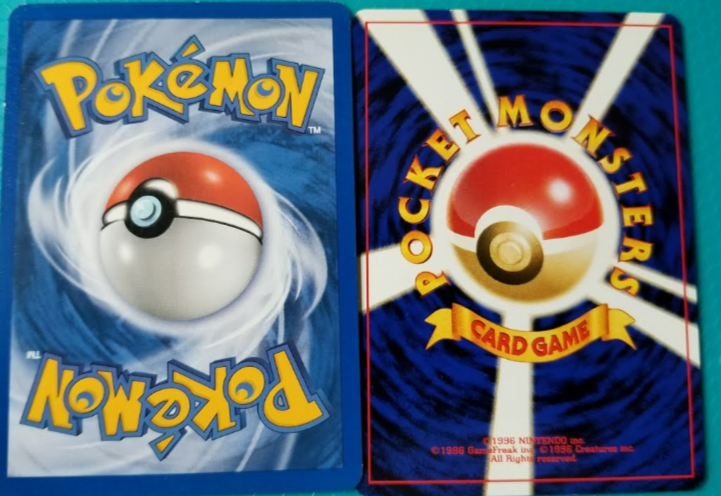
Emergencies and disasters can happen when we least expect them. From natural disasters like hurricanes, floods, and earthquakes to man-made disasters like fires and power outages, it’s essential to be prepared with a home emergency and disaster survival kit. No one wants to think about the worst-case scenario, but if it happens, it’s essential to have a plan in place. In this blog post, we’ll cover some must-have items for your home emergency and disaster survival kit.
1. Water and Non-Perishable Food: This is one of the most important items to have in your survival kit. You should have enough water and non-perishable food to last at least 72 hours. You can store bottled water or have a water filtration system, and as for food, items like canned fruit or vegetables, granola bars, beef jerky, and peanut butter are great options.
2. First Aid Kit: A well-stocked first aid kit is essential in any survival kit. You never know when someone might get injured, and having the right supplies can make all the difference. A basic first aid kit should include items like band-aids, gauze, antiseptic wipes, and a digital thermometer.
3. Flashlights and Batteries: In any disaster, there’s a chance that you could be without power for a long period. That’s why it’s essential to have flashlights and batteries on hand. Make sure to have extra batteries so that you can replace them as needed.
4. Emergency Blankets: You never know when you might need to stay warm in an emergency situation. Keep a few emergency blankets on hand to help protect you and your family from the cold.
5. Multi-tool: A multi-tool is like having a toolbox in your pocket. You never know when you might need to cut something or open a can, and a multi-tool can be a lifesaver.
6. Cash and Important Documents: In any emergency, you might not be able to access your bank account or credit cards. That’s why it’s important to have a small amount of cash in your survival kit. Additionally, make sure to keep important documents like passports, insurance policies, and birth certificates in a waterproof container.
7. Medications: If someone in your family relies on prescription medication, it’s important to have a supply in your survival kit. Talk to your doctor about getting an extra prescription to keep on hand for emergencies.
No one wants to think about an emergency or disaster situation, but being prepared can mean the difference between life and death. By putting together a home emergency and disaster survival kit with essential items like water and non-perishable food, a first aid kit, flashlights and batteries, emergency blankets, a multi-tool, cash and important documents, and medications, you’ll be better equipped to handle whatever comes your way. Make sure to regularly check your kit and update it as necessary to ensure that you have everything you need in case of an emergency.
In summary, these are the ten essential items that you should include in your home emergency and disaster survival kit. Emergencies can happen anytime, and by being prepared for them, you can keep yourself and your family safe. Remember to review and update your kit as needed, so you have the necessary resources when the need arises.



